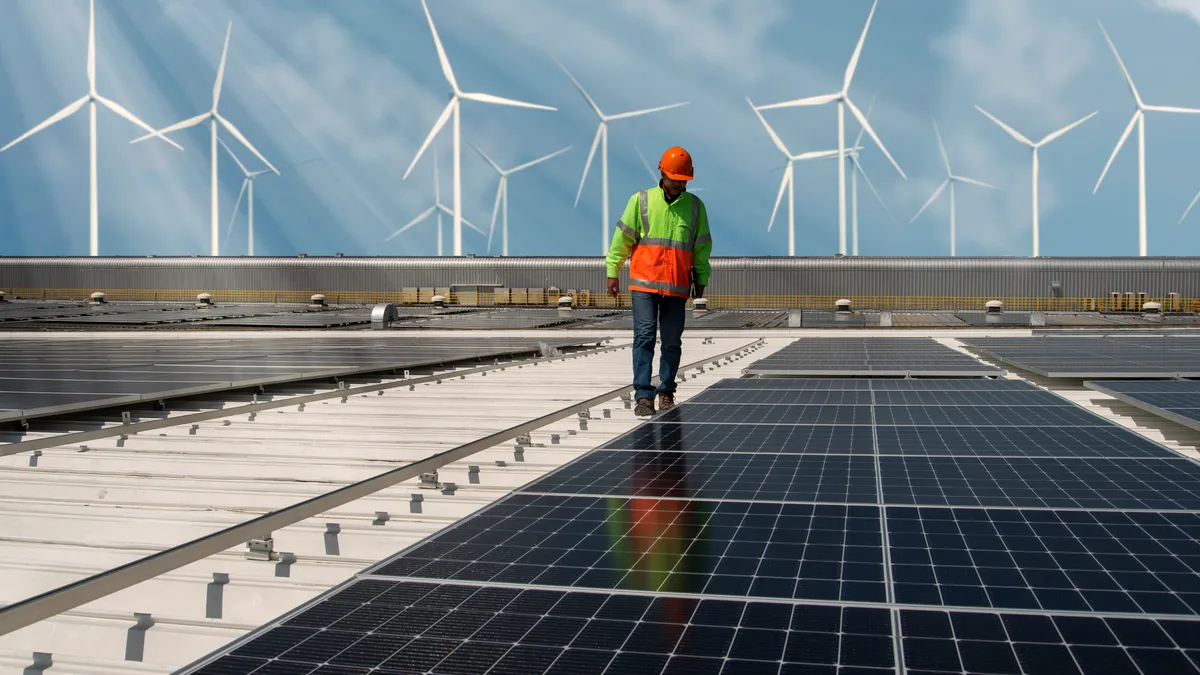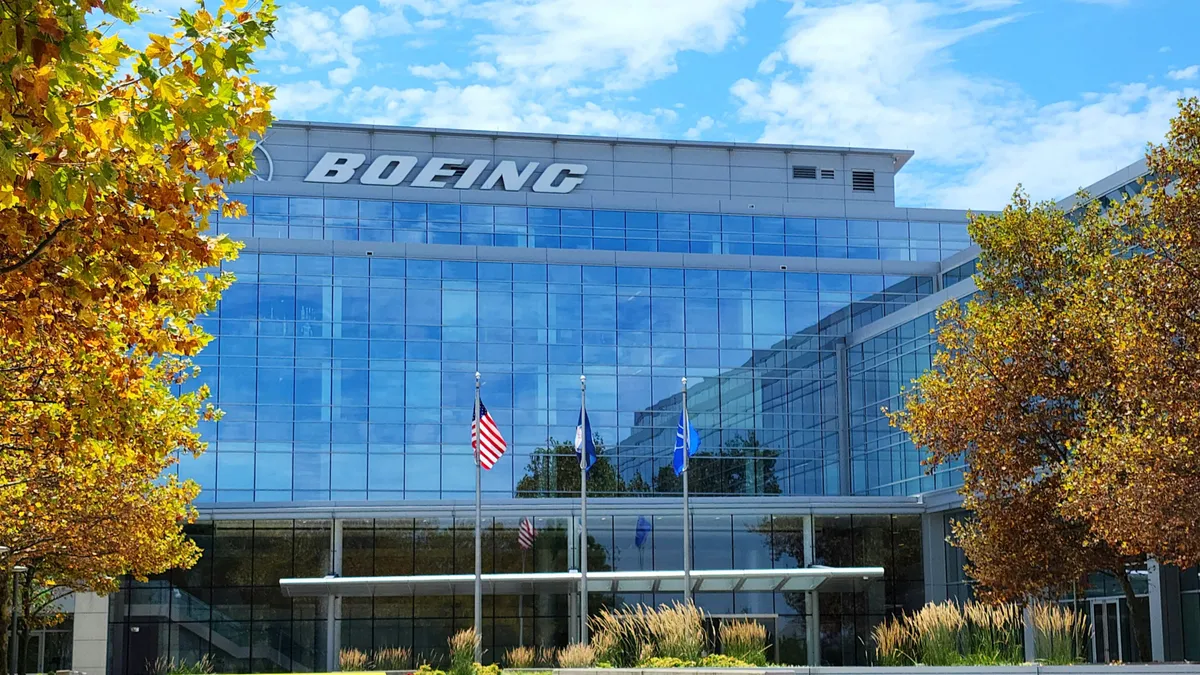Dive Brief:
- The Department of Energy, Treasury Department and Internal Revenue Service jointly unveiled $4 billion in clean energy manufacturing tax credits last week in another bid to fuel domestic growth in the sector.
- The tax credits went to more than 100 projects across 35 states, including $2.7 billion for clean energy manufacturing and recycling projects, $800 million for critical materials recycling, processing, and refining and $500 million for industrial decarbonization efforts.
- The money, however, covers only a sliver of those that sought funds – projects applied for a total of $42 billion as more companies look for government aid to launch new manufacturing facilities and other endeavors.
Dive Insight:
Funds for manufacturers span the clean energy sector, with money going to clean hydrogen, grid, electric vehicle, nuclear, solar and wind energy projects.
In critical minerals, projects are investing in steel, lithium-ion battery recycling and rare earth projects. For decarbonization, projects hit a variety of sectors, including chemicals, food and beverage, pulp and paper, biofuels, glass, ceramics, iron and steel, auto manufacturing and building materials.
The funds, formally known as the Qualifying Advanced Energy Project Credit, come from the American Recovery and Reinvestment Act of 2009 and were expanded by $10 billion thanks to the Inflation Reduction Act. Recipients may receive up to a 30% tax credit if they meet wage and apprenticeship requirements, according to the Energy Department.
The program is particularly targeting former coal communities. The tax credit includes a carve-out for this group, given their "existing infrastructure and workforce are well-suited to the demands of new clean energy manufacturing," the energy department said.
Recipients must submit project information to the department for certification within the next two years in order to claim the 48C tax credit. The treasury department and IRS plan to issue a notice for a second round of the 48C program in the coming months, with applications likely due this summer.
The 48C tax credit is one of many offered through the IRA that manufacturers are trying to utilize. The IRS lists 17 IRA tax credit and deduction categories, including both producer-facing credits such as those for solar and wind facilities, as well as consumer credits for things like EV purchases.
Tax credits are the main platform for doling out the IRA's plethora of funds – more than 70% of the law's roughly $500 billion budget is delivered through tax incentives.
The Treasury Department has also been busy trying to clarify common confusion around the law's many tax credits and how to qualify.
In December, the department issued proposed guidance surrounding the advanced manufacturing production credit, and last month it published guidance for what constitutes an "energy community," clarifying where developers can locate projects to qualify for additional tax bonuses.












